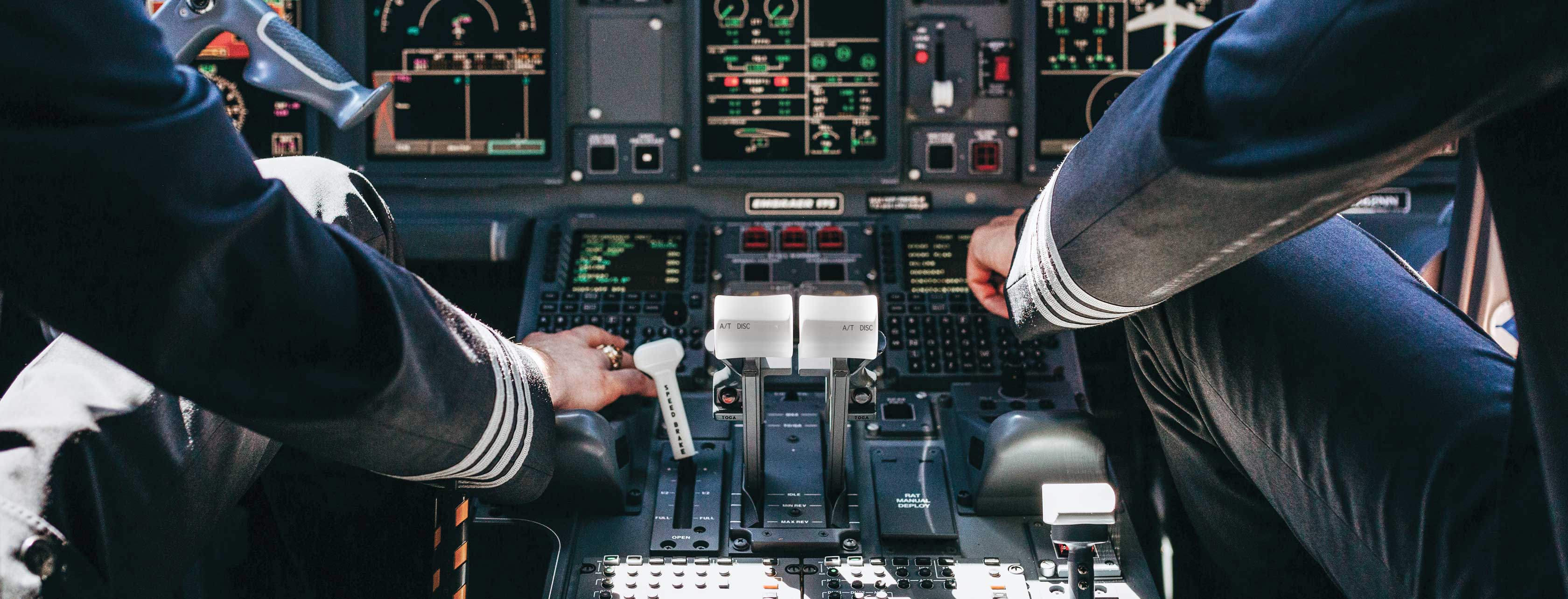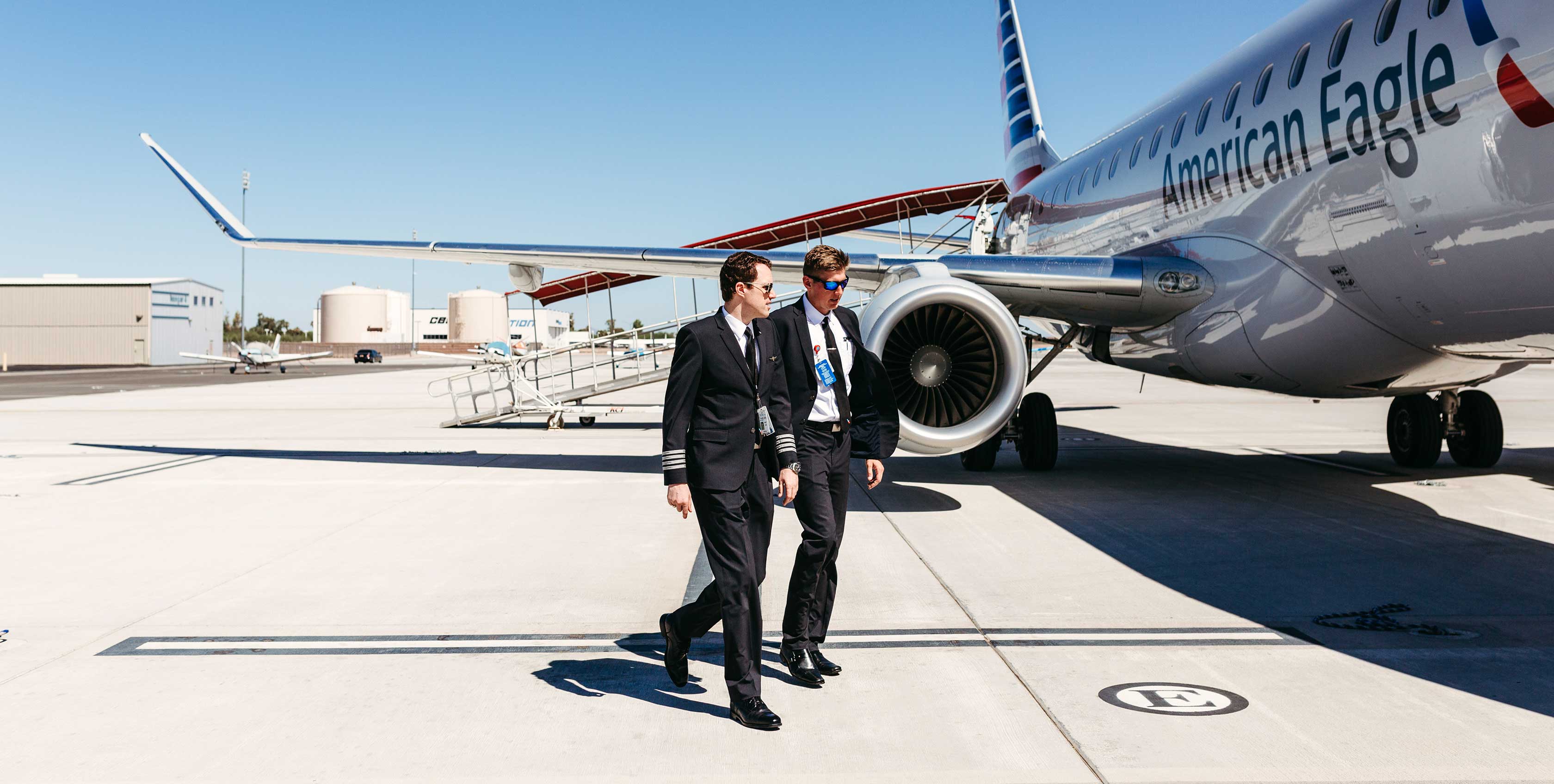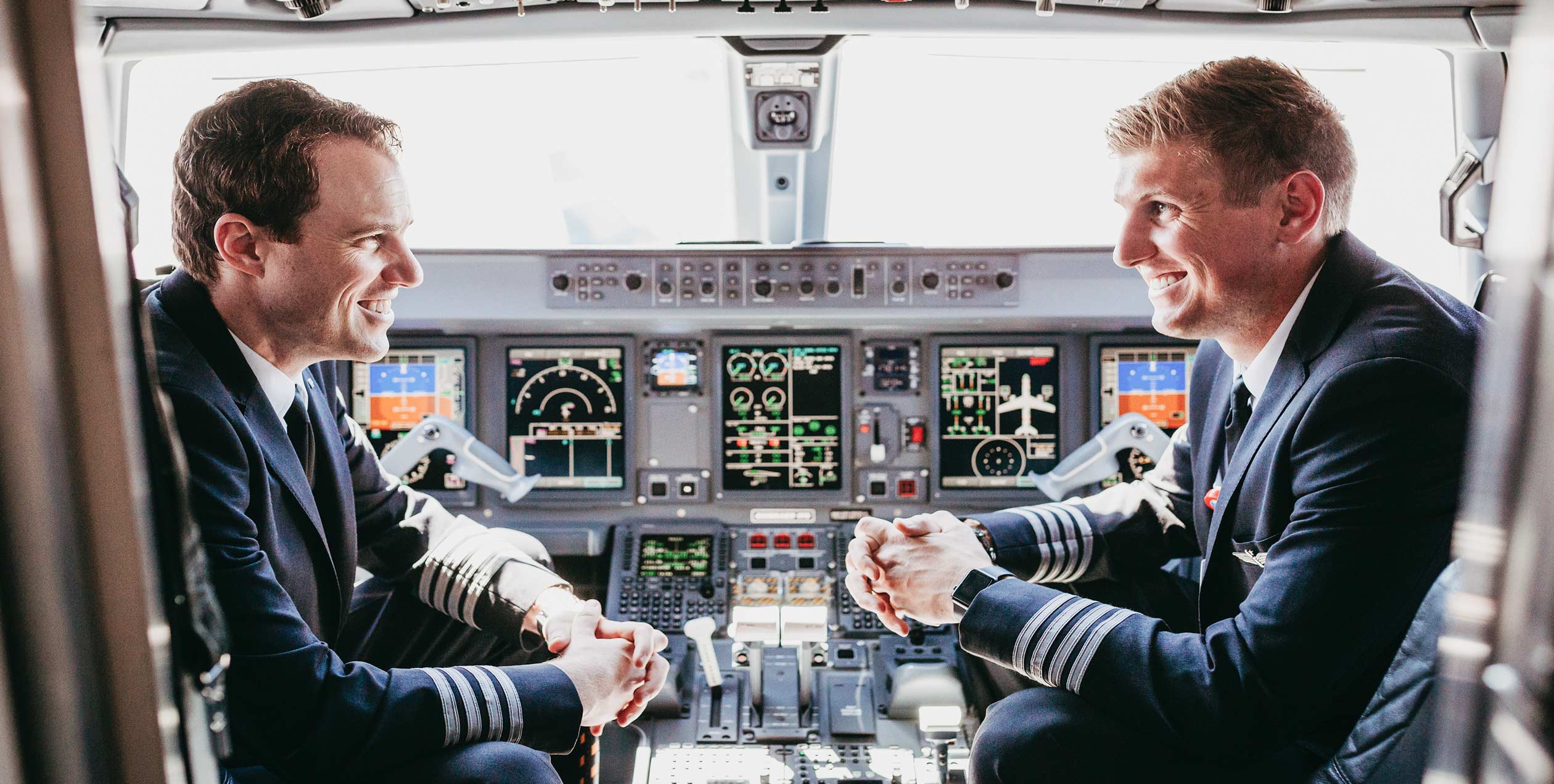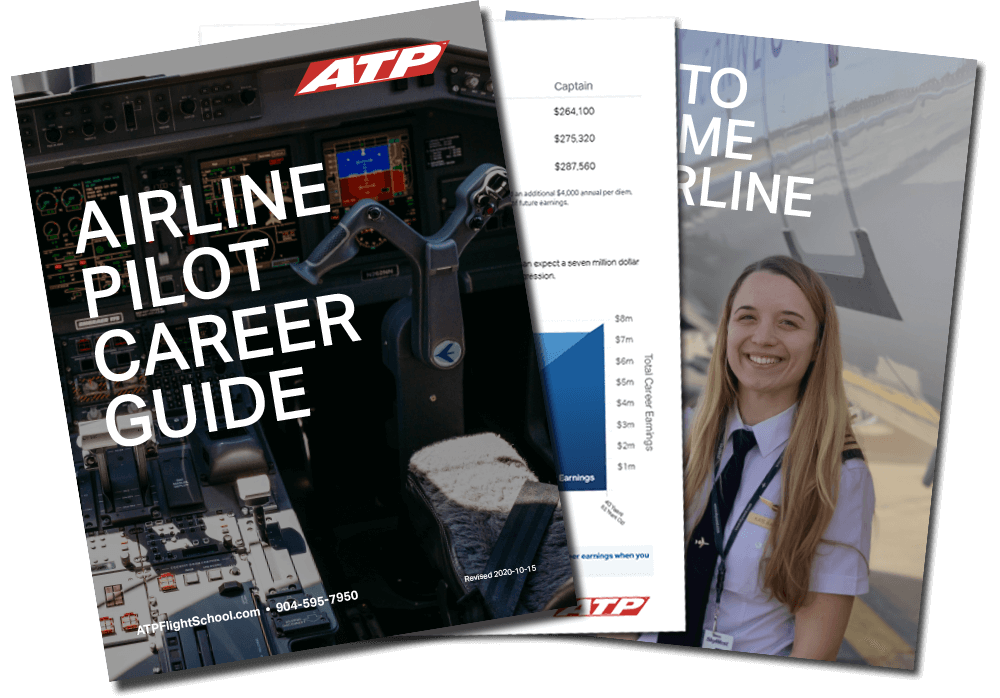Airline Seniority Explained
Seniority is everything as an airline pilot.
Airlines operate on a seniority-based system, where the pilot employed the longest is the highest on the pilot seniority list and the most newly-hired pilot is lowest.
When hired by an airline, pilots get a seniority number. This number stays with you throughout your career at the airline, impacting your quality of life and career advancement. The sooner you are hired by an airline, the quicker you can start gaining seniority over pilots employed after you and move up on the airline's seniority list.
Your airline seniority as pilot determines:
- Which monthly schedule you will have, the routes you will fly, and when you will take a vacation;
- Which location you will be based and what aircraft you can fly;
- How soon you upgrade from first officer to captain, affecting how much you will earn and when you can move up to a major airline.
- When an airline furloughs, they do so in reverse seniority order. Senior pilots will be far more likely to maintain their jobs, aircraft positions, and quality of life.
Airline Seniority & BiddingYour Schedule & Routes as an Airline Pilot
Your monthly flying schedule and annual vacation is determined by your seniority.
Airline Pilot Schedule
Each month, the scheduling department publishes all schedules and routes for the next month, called “lines”. Each pilot bids for the “line” they would like to fly, in order of preference. The most senior pilot is awarded their first choice; the next most senior pilot will receive the second choice, and so on. When your seniority number comes up, you will be given the line that you bid for, as long as someone more senior hasn't already taken it.
Taking Vacation as an Airline Pilot
Vacation time works similarly to choosing the monthly schedule and is based on seniority. While methods vary between airlines, the scheduling department will typically publish a bid for vacations, and you will be given a choice of two-week time slots to take vacation during the following year. The most popular slots are usually those around holidays or summer when children are out of school.
Once vacation bids are published, pilots bid for the times they want in order of preference. The most senior pilot will be awarded their first choices, then the next most senior pilot receive their selections, and so on down the seniority list.
Airline Furloughs
The airline industry generally moves with the rest of our economy, when the economy does well, so do the airlines. When the economy struggles, the airlines can as well. While it is challenging and expensive for an airline to furlough pilots, it does sometimes happen. When an airline furloughs, they do so in reverse seniority order, where the most recently hired pilot is the first to be let go, then the next most junior, and so on. Having as much seniority as possible is crucial in situations like this, as senior pilots will be far more likely to maintain their jobs, aircraft positions, and quality of life. Even getting hired a few months or weeks earlier can make a huge difference when it comes to tough situations like airline furloughs.
Seniority is Everything. Get There First with ATP.
Getting to the airlines first and being more senior helps ensure you get the best schedules and with the days-off and flights you want.
Seniority is Everything. Get to the Airlines First with ATP
Become an airline pilot with ATP's proven accelerated flight training and get to the airlines first.Crew BasesYour Location as an Airline Pilot
Where you live or commute to as a pilot is determined by your seniority.
Each airline has different locations, or domiciles, across the country where pilots are based, called crew bases. Each pilot bids for the location they would like to be based, which is then awarded by seniority. The most desirable bases go to the most senior pilots, and the least desirable go to the most junior pilots.
As a pilot, you can live anywhere and commute to your crew base. Your seniority, however, determines if that commute is a short drive or a long transcontinental flight. A pilot who is not senior may end up with a base near a metro area with a high cost of living, an airport that is difficult to commute to, or a location that is a considerable distance from their home.
Seniority is Everything. Get There First with ATP.
Getting to the airlines first and being more senior helps you live where you want with a hassle-free commute.
AircraftWhat You Fly as an Airline Pilot
What airplane you fly as a pilot is determined by your seniority.
The type of equipment a pilot is assigned to fly is based on their seniority. Pilots have the option to bid for a particular aircraft, just like they would their schedule or crew base. While all pilots have a specific plane they consider to be more desirable; larger aircraft come with increased responsibility and a corresponding increase in pay.
To fly a large wide-body aircraft, like the Boeing 777 and Airbus A350, you will typically need to be reasonably senior and ahead of a lot of other pilots on the list. Newly-hired pilots, with lower seniority, generally are found flying smaller narrow-body aircraft until they can gain enough seniority to move up to a different plane.
Seniority is Everything. Get There First with ATP.
Getting to the airlines first and being more senior helps you fly the aircraft you want and potentially earn a higher pay rate.
Upgrade TimeUpgrading from First Officer to Captain
The upgrade time from captain to first officer is determined by seniority.
When you start flying for an airline, you start as a first officer. As you gain experience, flight time, and seniority you then upgrade to captain. Being a captain means you will earn more money (often 60% more) and log pilot-in-command flight time, which you will need to move to a major airline.
Airline seniority determines when you can upgrade to captain. Getting to the airlines first puts you ahead of other first officers on the seniority list, makes you eligible to upgrade earlier, and also allows you to move up to the major airlines first.
Not getting to the airlines before other pilots, puts you behind on the seniority list, delaying your upgrade to captain and advancement to the major airlines. This setback could end up costing you several hundred thousand dollars in lost airline pay toward the end of your career and could make it difficult to ever reach the top of the seniority list. Every year lost at the major airlines equates to nearly $300,000 in annual earnings at the end of your career.
Seniority is Everything. Get There First with ATP.
Getting to the airlines first allows you to upgrade to captain sooner and reach the major airlines quicker, increasing your career earnings as a pilot.



